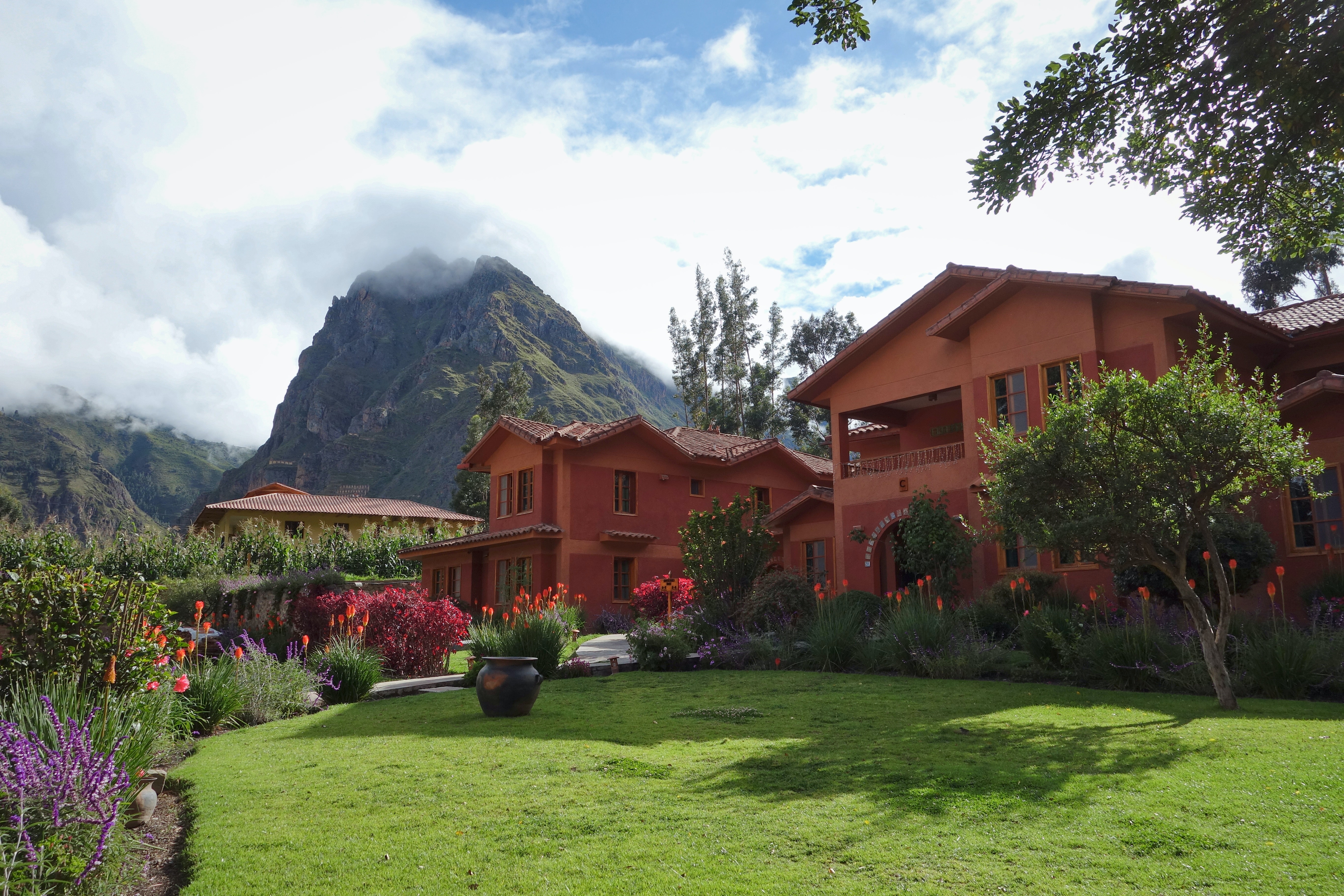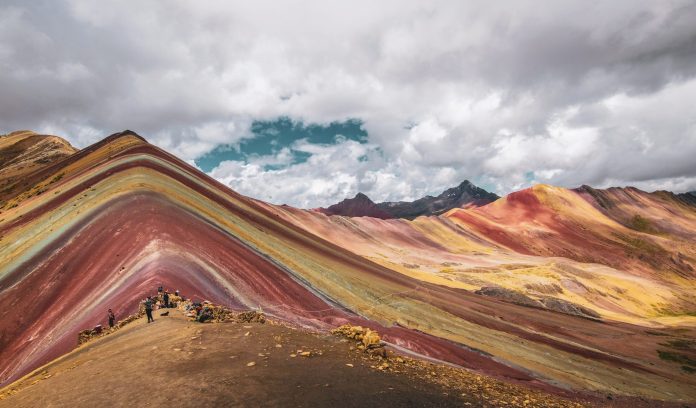Peru is a country rich in history, culture, natural beauty, and adventure, offering visitors a diverse range of experiences. Machu Picchu, the ancient Inca city, is one of the highlights of any journey to South America, but Peru has much more to offer.
Take a boat ride on the world’s highest navigable lake, gaze out over one of the world’s deepest gorges, go sandboarding in the dunes, trek in the Andes, or fish for piranha in the Amazon. Exploring the mysteries of the Nazca lines, meandering through ancient sites in the Sacred Valley, or experiencing modern Peru while wandering the streets of Lima are all things to do in Peru.
Peru is one of the continent’s most unique destinations due to the richness of its terrain, people, and experiences. With this list of Peru’s top tourist attractions, you can choose the best spots to visit.
1. Machu Picchu
The spectacular Inca City of Machu Picchu, perched high on a ridge 300 metres above the Urubamba River, is one of the most striking settings of a ruined city anywhere in the world. The breathtaking backdrop of steep, lush, and often cloud-shrouded mountains is almost as impressive as the ruins themselves.
Standing near the caretaker’s cabin with a view of Machu Picchu, the jungle-covered mountains, and the river far below, it’s easy to see why the Incas picked this location for their city.
Hiram Bingham discovered Machu Picchu in 1911 and thought it was the “Lost City of the Incas,” first chronicled by Spanish soldiers in the 1500s, until his death. Historians believe the genuine Inca lost city was at Espritu Pampa, a site Bingham was aware of but dismissed as inconsequential.
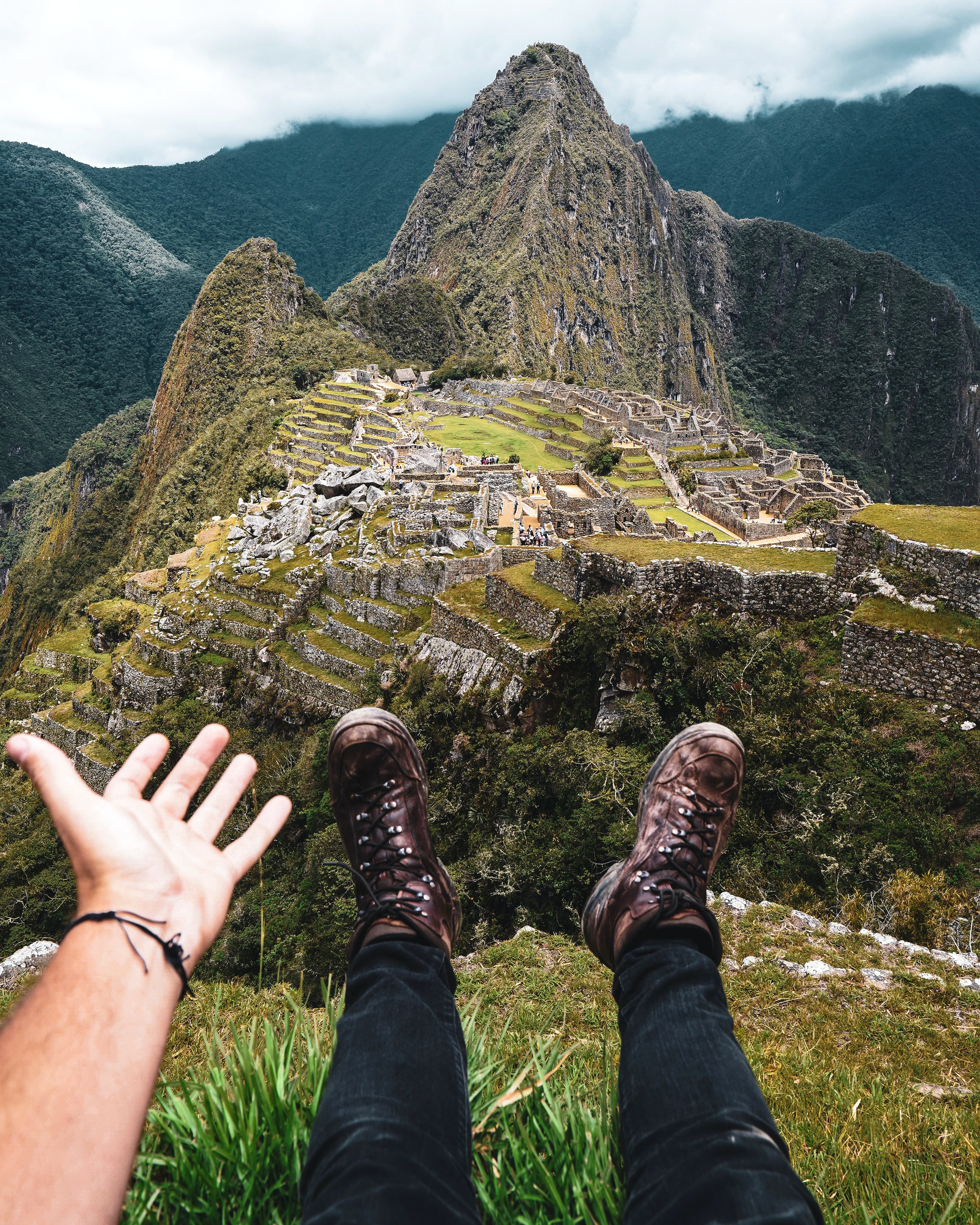
2. The Inca Trail
Many people consider the Inca Trail, a four-day journey that ends in Machu Picchu, to be the highlight of their trip to Peru. This beautiful trail is often more difficult than many people imagine, but it is also more rewarding.
The Inca Trail has several starting sites, but the typical four-day journey begins at kilometer 82 of the Cusco-Aguas Calientes rail line. From here, the walk continues through stunning countryside and passes through more than 30 Inca ruins. The most difficult part of the trip is the second day, which includes a 1,200-meter elevation rise and two high passes.
The hike must be organized through a company, and bookings should be made well in advance, especially during the peak season of June to August.
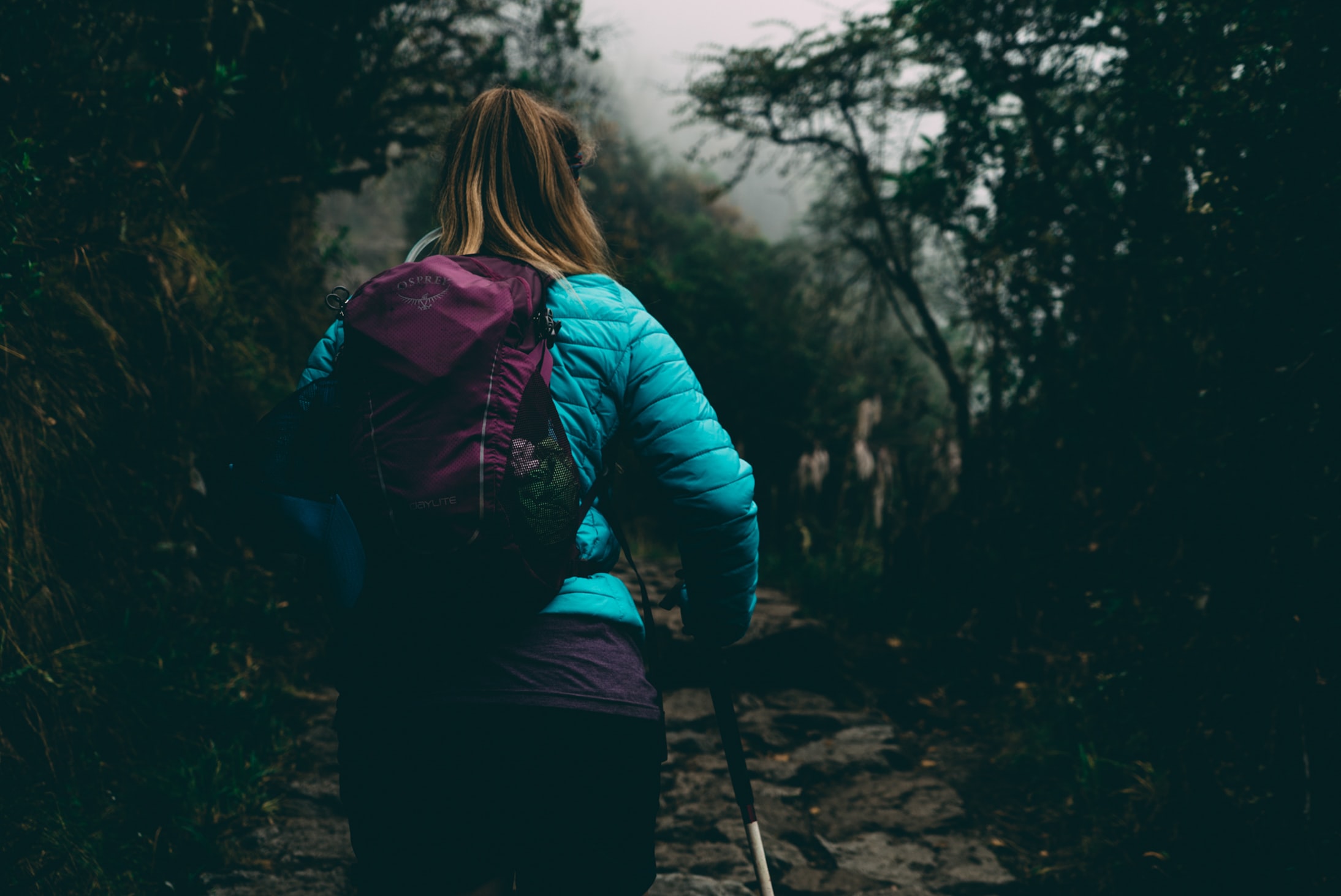
3. Cusco’s Architectural Treasures
Cusco’s streets are like walking through a museum, with history piled on top of history in this UNESCO World Heritage Site. Many of the wonderful old colonial houses along the narrow streets were built atop Inca ruins, illustrating the city’s lengthy past.
The Cathedral and La Compania, two equally outstanding landmarks, are located in the city center’s principal square, Plaza de Armas. During the day, the square is an excellent site to start a walking tour, have a bite to eat, or people watch.
While there are other monuments and museums to see in Cusco, the church of Santo Domingo, which sits atop the ruins of the Inca town of Coricancha, is a must-see.
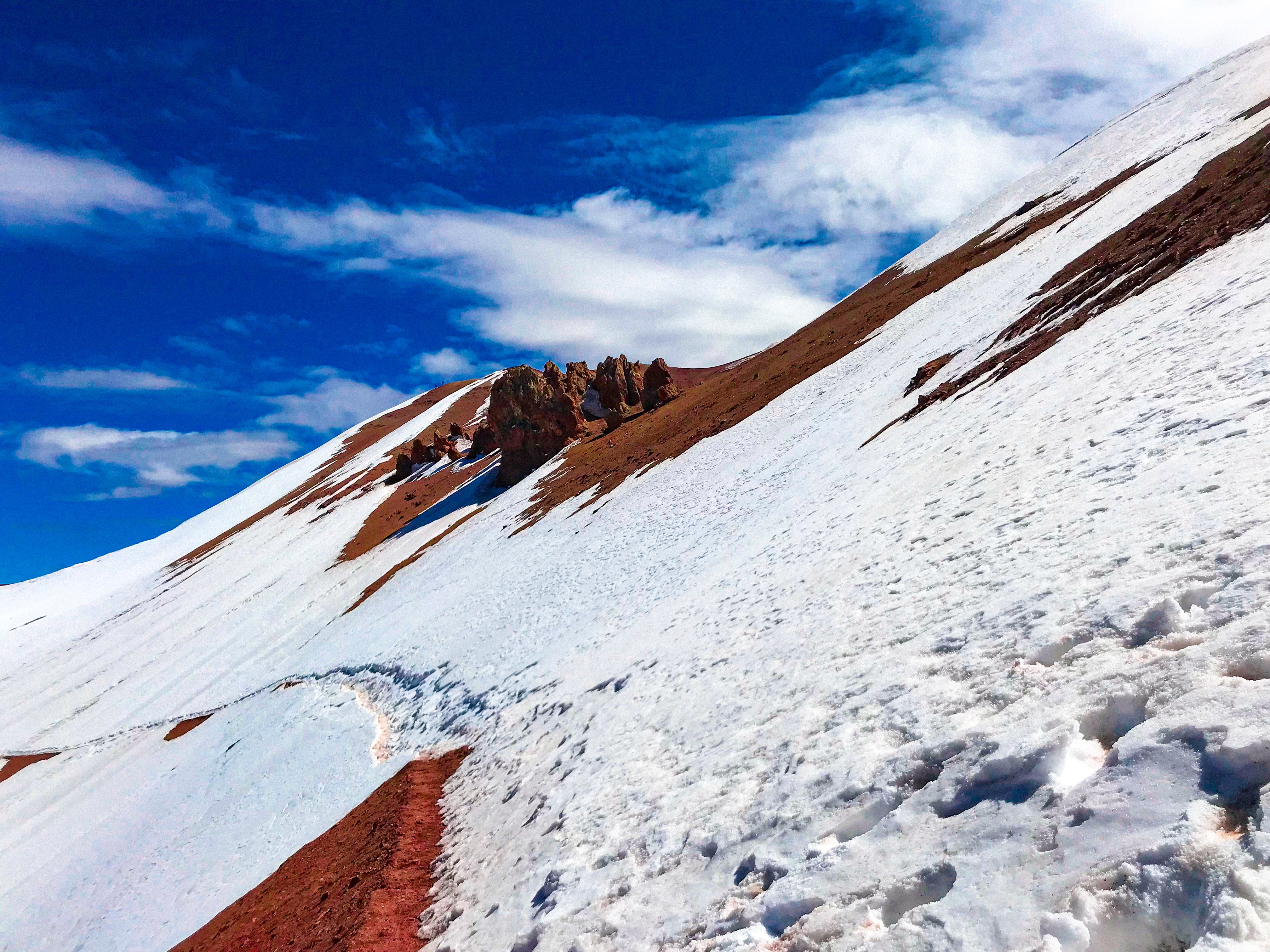
4. Lake Titicaca
Lake Titicaca is surrounded by undulating hills and quaint tiny communities, and its water is a brilliant blue. The lake region has a unique combination of gorgeous beauty and culture that distinguishes it from other parts of the country. Lake Titicaca is the highest navigable lake in the world, standing at 3,820 metres above sea level.
The best way to appreciate the lake is to take a boat tour to the islands and adjacent communities. The Uros Floating Islands (Islas Flotantes), which support small villages of Uros Indians, are one of the principal tourist attractions. Since the Incas’ time, these are man-made islands built of reeds that have maintained a traditional way of life.
The sights you’ll see on these islands’ tours are intended for tourists, but they do provide a look into a traditional way of life. The floating islands are only a minor portion of Lake Titicaca’s appeal; the real charm is found in the small communities that dot the hillsides along the lake’s shoreline, as well as on the big islands of Isla Taquile and Isla Amantani.
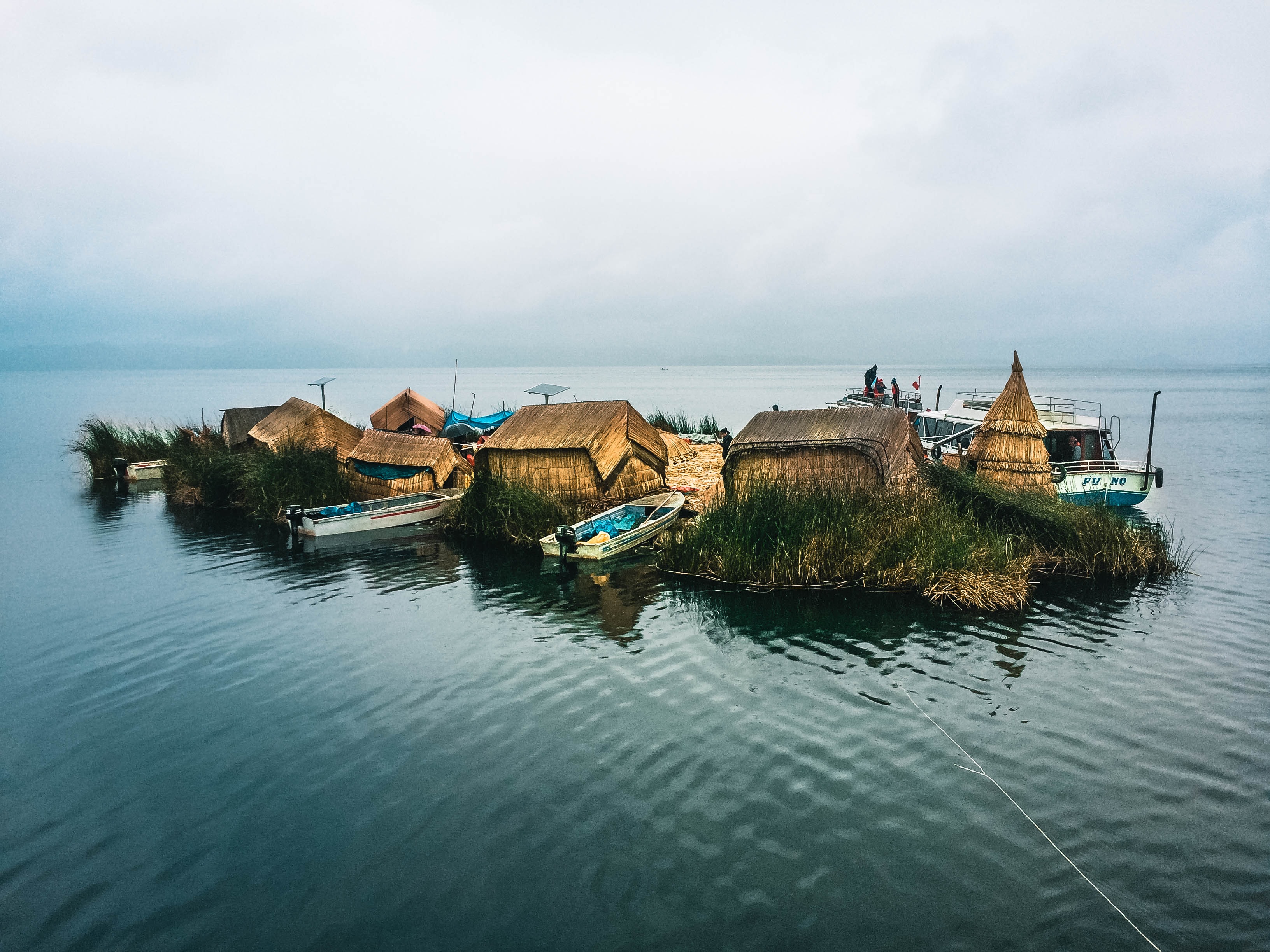
5. The Sacred Valley
The Sacred Valley and the villages of Pisac, Urubamba, and Ollantaytambo are less than an hour’s drive north of Cusco. This verdant valley not only has several Inca ruins worth exploring, but it’s also a calm place to wander among marketplaces and take up local culture.
The Pisac Ruins, the Pisac Sunday Market (minor market days are held on Tuesdays and Thursdays), and the ruins and fortress at the charming little town of Ollantaytambo are all must-sees in the valley. The village of Moray, with circular terracing utilised as an agricultural testing area by the Incas, and the salt mines at Salinas, which have been in use since the Incas’ time, are a little out of the way but well worth the trip.
